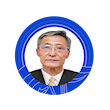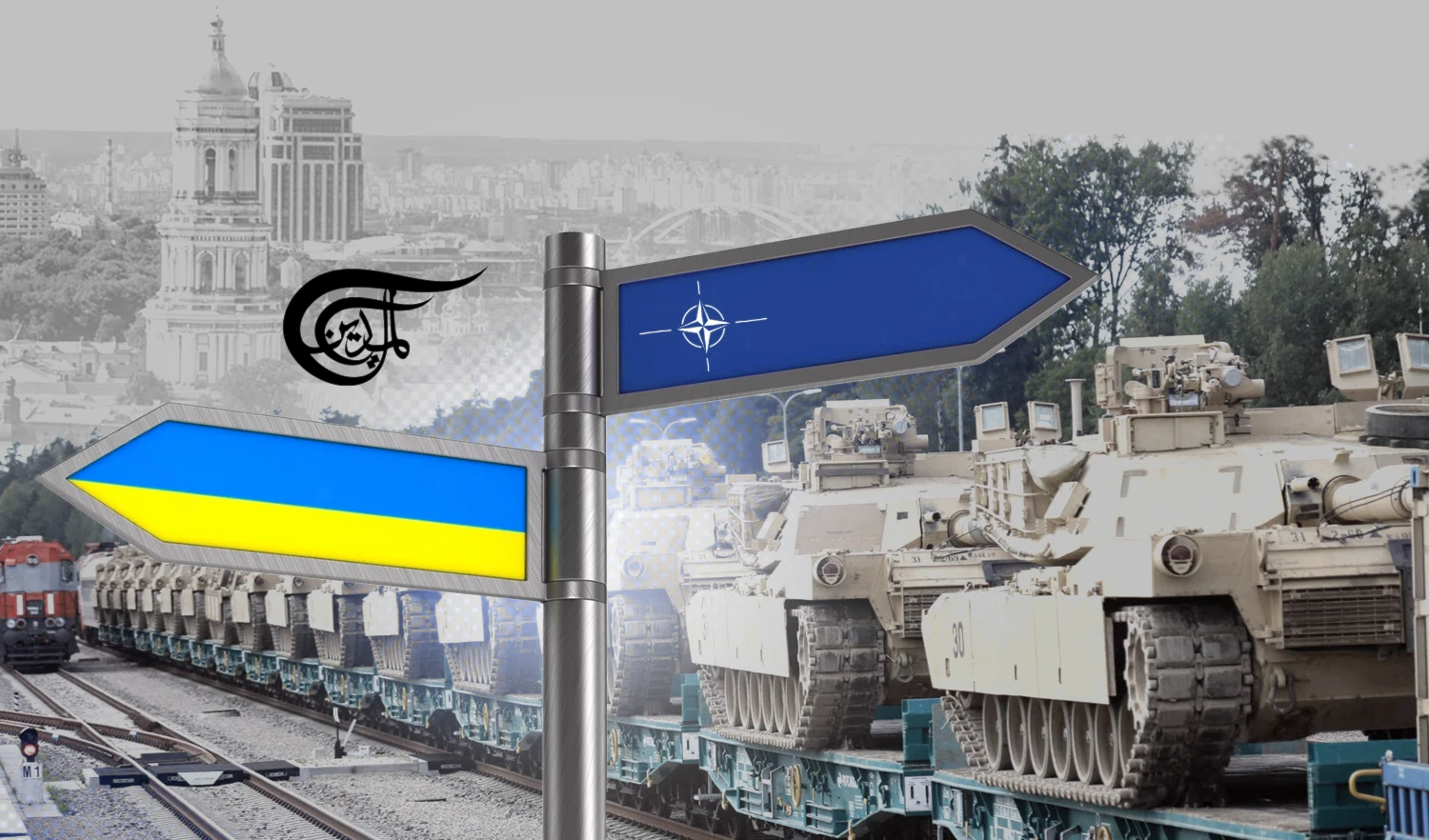DRPK’s Dream: Within 15 Years or So
The Korean people built a new country through their own efforts; they started building a self-supporting economy on the debris after the Korean War.
-

DRPK’s Dream: Within 15 Years or So
A declaration rang out in the Democratic People’s Republic of Korea that it will build itself into a powerful and prosperous socialist country in which all the people are living happily, drawing the attention of the international community.
Many people of the world doubt if the country’s dream can come true when it is experiencing unprecedented trials and hardships amid the harsh sanctions imposed by the hostile forces and world health crisis.
The construction of such a country must be supported first by funds. So they say.
Large-scale construction is underway in the country now: 10 000 flats will be built in Pyongyang this year, and a unique Pothong Riverside Terraced Houses District of 800 flats is now under construction in the city separately from the construction of 10 000 flats; in this way, it plans to build 50 000 flats in the city in five years. Housing construction in regional areas, including the construction of 25 000 houses in the Komdok area, a leading mineral production base, is also gigantic. Construction of the large-scale Tanchon Power Station is in full swing. Industrial construction, including building furnaces in the major iron production bases and a C1 chemical industry base, is also well underway.
This shows that the DPRK has a strong financial capacity. In other words, it can make investments in the economy while building such a large number of houses and giving them to the people free of charge.
Building a powerful country is inconceivable when separated from a high level of science and technology and rich resources.
The DPRK is on a high level in basic sciences like mathematics and physics, and laser, space, CNC machine tool, and software technologies are recognized by the world. A few years ago, VOA commented that in view of the performance tables and operation of the CNC machine tools made public, it can be said that the country possesses the technology that can be ranked in the top ten in the world.
In the aspect of resources, the country has large deposits of magnesite, zinc, lead, graphite, tungsten, anthracite coal, and iron. According to a report, the major underground resources, excluding the rich deposits of brown coal and limestone, when calculated in the international market price, amount to USD 3-4 trillion.
The present foundations of the DPRK’s economy are great.
As is well known, countries liberated from colonial rule after the Second World War followed the road of relying on big and developed countries for their “aid” or copying their economic models. But the Democratic People’s Republic of Korea aspired after the construction of a self-supporting economy from the first days of nation-building.
What was left after Korea’s liberation (August 1945) was only a backward economy damaged by Japan upon its defeat in the war and empty national coffers, but the Korean people built a new country by their own efforts. They started building a self-supporting economy on the debris after the Korean War (1950-1953).
At that time, Kim Il Sung presented two principles as important tasks for economic construction. One was that the country can never escape the fate of being “indebted” if it depended on aid from others without accumulating its own assets, and accordingly, it must build its economy by its own efforts. The other was that as long as the Korean people were determined to live independently, the pressure and blockade exerted by the expansionist policy were inevitable, and accordingly, the people must have strong material and economic strength to overcome them.
Proceeding from these principles, Kim Il Sung put forward the basic line of socialist economic construction–developing heavy industry on a priority basis and simultaneously developing light industry and agriculture.
The hostile forces tried to check the economic construction off the DPRK by means of political and military threat and double and treble blockades and sanctions; the great-power chauvinists, slandering its line of independent economic construction, tried to shackle it to Comecon, claiming for “socialist international division of labor.”
But no one could ever change his decision.
His country achieved socialist industrialization in 14 years and built an advanced rural economy.
This shows that the DPRK’s self-supporting economy was built not with the help of propositions in any classic works but on the basis of Kim Il Sung’s ideas and plans, not by copying the experiences of others but in its own style in compliance with the requirements of its revolution and opinions of its people, and definitely not by relying on the strength and technology of any foreign powers but on the strength of its own efforts and technology.
Once recalling those days in deep emotion, President Kim Il Sung said, “If we had not built our own self-supporting national economy, but lived on aid from other countries, we would not have achieved industrialization, and would now be begging big countries for aid."
Expanding the economic structure in a many-sided way, building its own solid raw material bases, equipping all the sectors of the economy with modern technology, and bringing up its own native technological cadres – these are the main contents of the DPRK’s line of building a self-supporting national economy.
The raw materials and fuels of the metal industry, a buttress of the economy, are all based on domestic natural resources. The high-level machine-building industry, which produces CNC machines, is also based on the country’s own technology. The same is true for the chemical, building materials, as well as light industries and agriculture. All the sectors of the national economy are based on domestic resources and technology. As the reality shows, the foundations of the national economy are solid and the economy’s modernized, scientific, and information levels are rising day after day. On the basis of this, it is achieving a high rate of growth.
In 1994, the last year of his life, President Kim Il Sung met former US President Carter and said, “We are not afraid of sanctions; we have so far lived under sanctions; not even a day passed for us out of sanctions; however, we have lived on without much trouble up to now; never expect that we cannot manage to exist even if we are put under more sanctions."
This demonstrates his self-confidence based on his experience of building a powerful self-supporting economy throughout his life.
Today, the self-supporting national economy built by President Kim Il Sung serves as a precious asset in smashing straight through the vicious blockade and sanctions imposed by hostile forces by dint of the strength of self-reliance.
At its Eighth Congress held early this year, the ruling Workers’ Party of Korea indicated a clear-cut orientation of the country’s development, and all the people have turned out with confidence for the building of a powerful socialist country.
What the world must not neglect is the fact that the DPRK carried out the historic task of socialist industrialization within 14 years in the middle of the last century. As it did at that time, the world will see the country turning its dream into reality for a powerful socialist country within 15 years or so.

 Kim Hoon
Kim Hoon
 7 Min Read
7 Min Read











